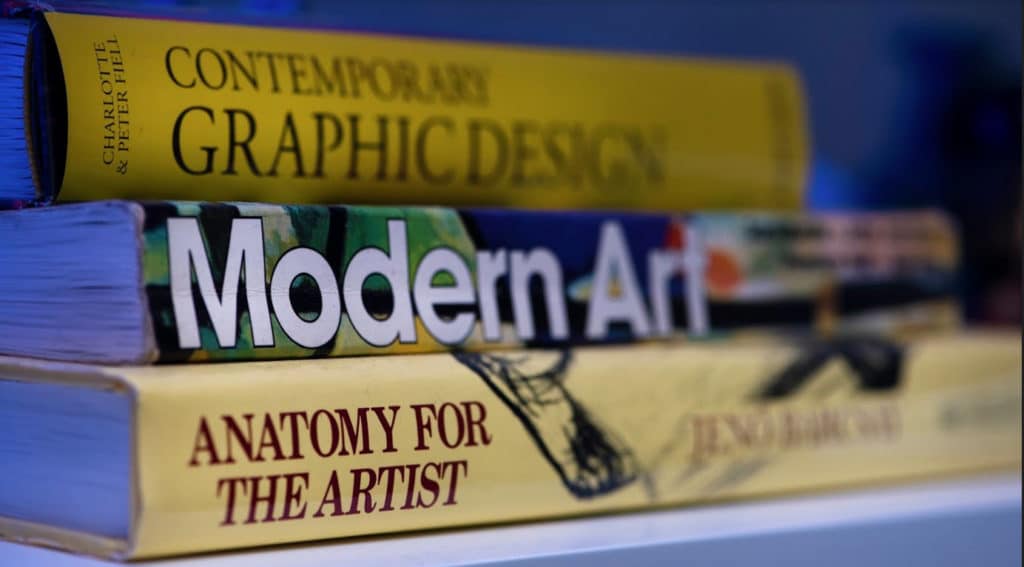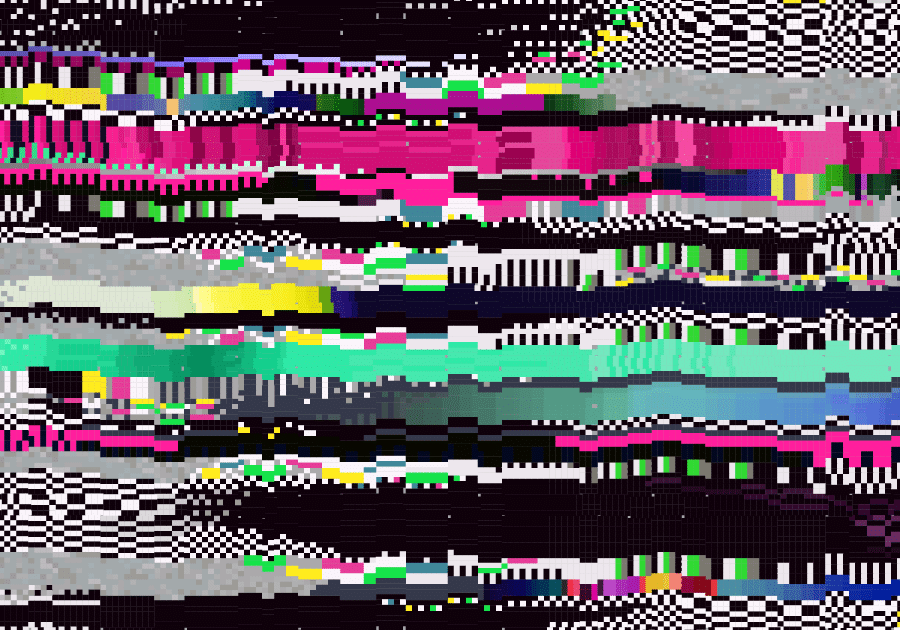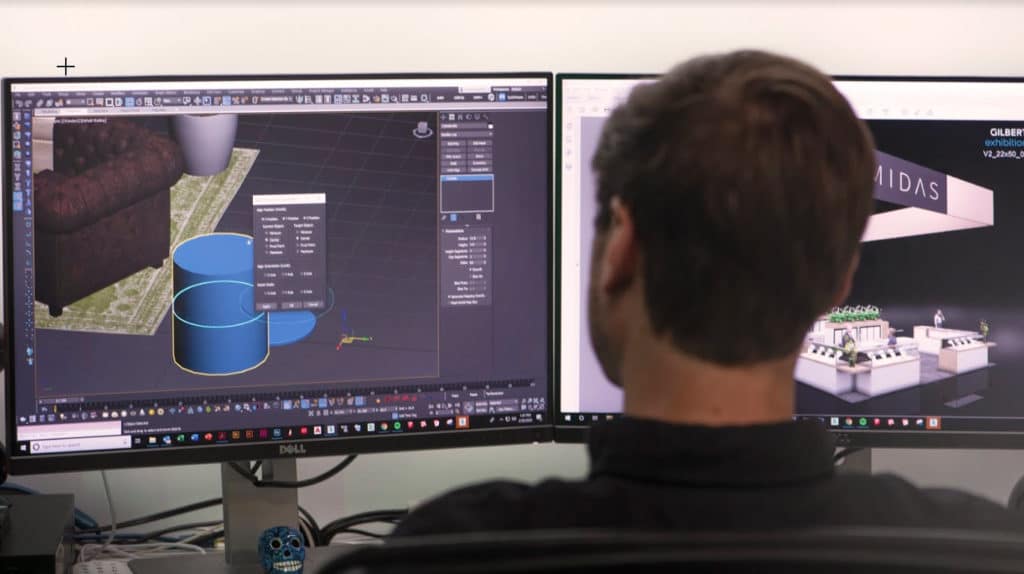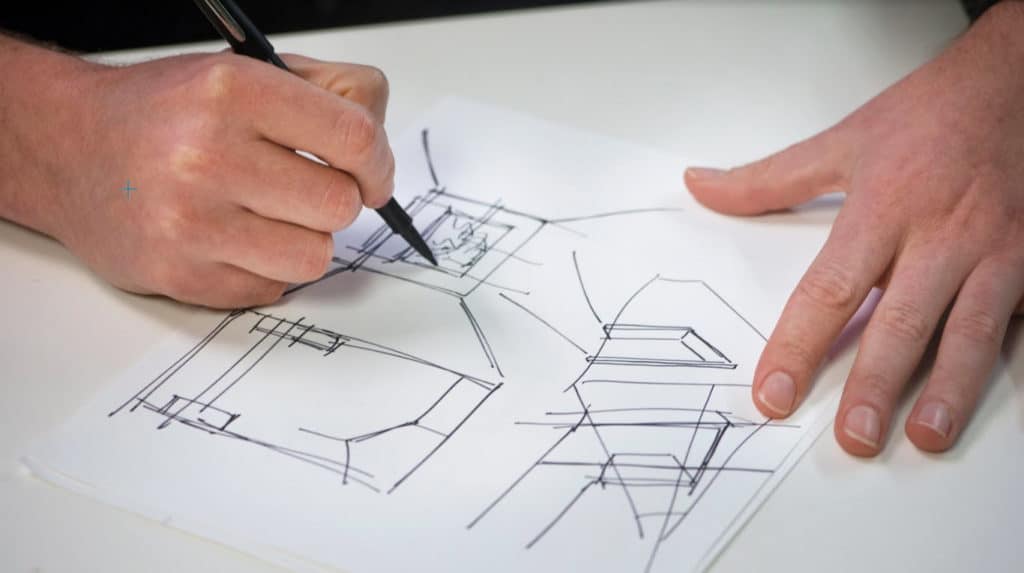February 24th, 2020
Creative Director Chris Silverman’s take on how he finds inspiration for Gilbert’s designs.
As any creative professional can tell you, finding inspiration sometimes has less to do with seeking it than positioning yourself to receive it. Inspiration for the perfect design can often come when you’re not looking for it.
Doing what I do well depends getting connected to what’s going on in world to find the right kind of inspiration. People in my line of work run the risk of spending too much time in a dark room behind a computer. While I do my fair share of that, it’s important for me—and for my design team, who are visual thinkers like I am—to trust that inspiration will find us if we open our eyes and get out into the world. So, you could say that our search for inspiration begins with everyday experiences.

The Internet has completely changed the way I do research. When I first started out, I used to spend a great deal of time toting architectural magazines around and poring over them every chance I got. But then came Pinterest. Pinterest is a boon to someone like me who needs to hunt through and organize a lot of visual information. I’m on it around the clock, at home and at work, running down rabbit holes as I look for what will work best for our clients.
Because Gilbert’s designs are meant to have a big impact on people, I also look for inspiration in big productions that are made to impress, like awards shows and concerts. A lot can be learned from the choreography of these types of productions. Since my background is in theater as a set designer, choreography within a space is something I’ve developed a finely honed sense for.
Serendipity sometimes plays an inspirational role too. Given the number of projects I work on each year, the art and architecture I enjoy in my everyday experiences are bound to work their way into our designs at some point. This year, for instance, I got into an edgy kind of modern art called “glitch art,” and it ended up being a perfect starting point for a client we were working with.

Each client project we undertake starts with a brief that defines themes, a problem to solve, and a goal. When it becomes difficult to know where to start, I read over the client brief and immediately head out for a run. Running makes it easier for me to synthesize thoughts, and the solution will often present itself when I’m in motion. I have a good visual memory so I can spend that time mentally cataloging ideas as well.
I also do a lot of sketching to help myself work through problems. My sketches aren’t great art and they don’t need to be; they’re more like a form of visual notetaking. Working through one sketch after another helps me evolve my ideas.
The pressure to be original tends to keep designers up at night, especially when they are first starting out. The way I see it, given the thousands of years humans have been on the earth building and creating art, it is almost impossible to come up with something original in the strictest sense of the world. Everything is really an adaptation of something else. It’s our approach that is original—the ability to solve a problem through an evolutionary creative process.

In the book The Artist’s Way, Julia Cameron describes our creativity as an inner “well.” The well serves as an artistic reservoir and every time we use our creative resources, it’s like taking a ladle and scooping a little water out from the well. If we keep drawing from it without replenishing it, the well runs dry. The idea that we need to nourish our creative brains from time to time has always struck a chord with me.
Anyone in a creative profession will tell you that occasionally feeling blocked or stuck is inevitable. I try to remember that given time, everything can be refined and improved upon. The key is to just start. Over the years, I have come to trust that, most often, my first inclination is the right one – or is at least pointing in the right direction. If I start there, an evolution of that will usually become the solution.
Unless we are under a time constraint or a client has very specific requests, I like to give my designers the freedom to do what they do best. They are very talented people, and giving them a chance to float their ideas in meetings is a win-win proposition. They grow professionally and I am exposed to new ideas.
Because we work with visual information, we spend a lot of time sketching in our meetings. Again, the sketches are not art; they are a communication tool. Sketching our ideas is most effective when we do it on the spot, in front of the people who need to see it while talking through the idea. It is a remarkably efficient way to work.

I feel that my best client relationships are ones in which I have built their trust in me and my team. Some people unintentionally get in the way of inspiration and creativity by telling me exactly what they want an environment to look like, and that doesn’t always lead us down the right path. Ideally, a client will convey how they want the consumer to experience the space, and what consumers will be doing in it. Having just the facts rather than a wish list of things clients think they want helps us work our magic as a creative team.
With trust comes creative freedom. I love it when clients come to us and say, “Here is what we need. Now I’m going to let you make us look amazing.”
About Gilbert
Gilbert is a turnkey organization that provides design, construction, and management solutions for trade show exhibits, retail, hospitality, corporate, and residential environments, and corporate events.
Learn more about our trade show services here.
November 27th, 2019
October 6th, 2020